Drones and Warehouse Sustainability
.JPG)
Sustainability is a critical factor for businesses in the supply chain as a whole and in warehouses in particular.
In recent years, investment in new technologies and materials that reduce energy use and emissions has increased, promoting greener practices in its facilities, and embracing green initiatives to reduce waste and improve efficiency.
Initiatives include anything from embracing the capabilities of automation, utilizing greener energy sources such as solar panels on the roof, utilizing solutions to reduce transportation costs, and investing in energy-saving equipment. Additionally, many companies are now tracking and reporting their sustainability efforts to promote transparency and compliance, as well as investing in sustainability initiatives such as green fleet management and environmental certifications, which help to reduce environmental footprint.
Setting Ambitious Targets
Once something of a fringe issue, sustainability is now a major focus with companies dedicated teams to establish a greener path forward. Take the example of Walmart. In 1989, Walmart launched one of the first major retail campaigns to sell environmentally safe products in recyclable or biodegradable packaging.
More recently, it stated an ambition to hit net-zero emissions from its operations by 2040. These include electrifying its fleet, switching to renewable energy sources, and transitioning to low-impact refrigerants. Walmart is also working with its vast supplier network to remove 1 Gigaton of greenhouse gas emissions by 2030.
Everyone within the retail supply chain has a part to play in implementing more sustainable practices, and it starts with the beginning of the supply chain.
Cutting Energy in the Warehouse
Most warehouse equipment is energy intensive. Material handling equipment weighing more than 7,000 lbs is commonly used and runs on rechargeable batteries the size of suitcases. These batteries are typically between 36-48 volts and need charging a couple of times a day.. And these batteries will only degrade over time, meaning you use more energy and get less uptime.
Compare that to drones that are increasingly used for cycle counting and inventory management. Gather AI’s inventory tracking solution uses drones that run on a 4-amp battery. Over the course of a year, warehouse operators can save thousands - sometimes tens of thousands - of dollars by switching to more energy-efficient technology.
As everyone knows, the cost of energy is on an endless rise, fuelled by global inflation and geopolitical uncertainty. Switching to energy-efficient technology is an effective way to reduce cost, and ensure your equipment is future-proofed.
A side benefit you might not have considered is space utilization. The footprint that material handling equipment and batteries use is many times larger than autonomous drones. Drones can be rolled around on a small cart and tucked out of the way which makes them more space efficient. At a time when warehouse capacity is at such a premium, freeing up space should be at the top of any warehouse manager’s mind.
As well as substantial cost and space savings, switching to more energy-efficient warehousing equipment can dramatically cut the carbon output of facilities. Everyone in the supply chain knows how important it is to be more energy efficient. That can pose a difficult challenge; warehouses are energy-hungry facilities that can operate 24/7. But with automation technologies like drones, warehouse operators and owners have a proven solution that uses far less energy than some of the current fork trucks and man-up pickers that are in use now.
Carbon output can also be helped by reducing the amount of time employees spend on manual tasks, such as finding lost or misplaced products for outbound orders. Autonomous drones can locate misplaced pallets in the warehouse, allowing employees to spend more time on tasks that are more efficient and require less labor and energy.
Speak to Gather AI
Warehouse drones are helping warehouses cut their carbon output, save on energy costs, and keep their people on the factory floor, rather than 40 feet in the air on pickers. Talk to us to learn more.



.png)



